The first German Spacelab mission took place with the space shuttle Challenger in November 1985 and was designated as the D-1 mission. This mission, also known as STS-61A, was a collaboration between the German Aerospace Center (DLR - Deutsches Zentrum für Luft- und Raumfahrt) and NASA.
During the D-1 mission, numerous scientific experiments were conducted in the fields of material research, biology, astronomy, and medicine. The German Spacelab module contained special instruments developed by German scientists.
The D-1 mission contributed to strengthening international cooperation in space exploration and establishing Germany as a partner in space research. It marked a milestone in the history of German space participation and laid the foundation for further collaborations and missions in the years to come.

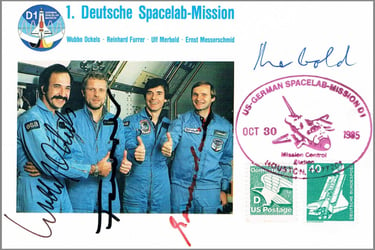
SINN IN SPACE
SINN 140 S
Automatic Chronograph from Sinn!
Does a wristwatch with automatic winding work in space as well?
Yes, that was proven by the German physicist and astronaut Reinhard Furrer during the Spacelab D-1 mission in 1985.
During the Spacelab D-1 mission, Reinhard Furrer wore a Sinn 140 S with a black-coated stainless steel case.
Reinhard Furrer and Sinn Spezialuhren demonstrated that automatic wristwatches can function reliably in space and withstand weightlessness.
In 1992, the 142 S, an evolution of the 140 S, accompanied astronaut Klaus-Dietrich Flade during the Mir-92 mission.
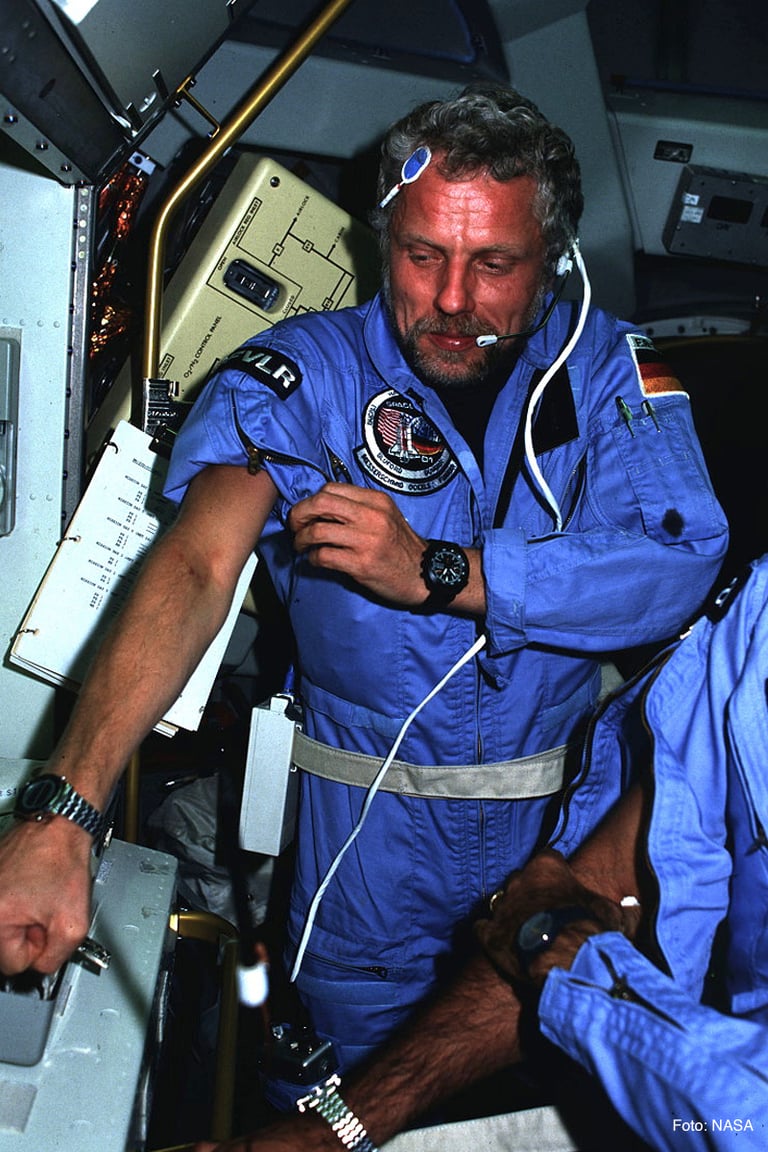

THE SPACE CHRONOGRAPH
A chronograph that, like few other watches, has defined the significance of the Sinn brand.
This chronograph became a legend through its deployment as the first automatic chronograph in space by Reinhard Furrer in 1985.

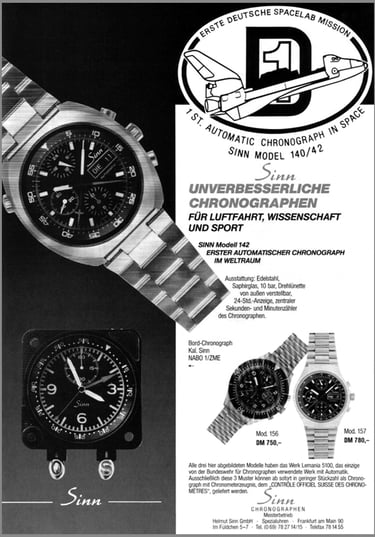
SINN 140 / 142
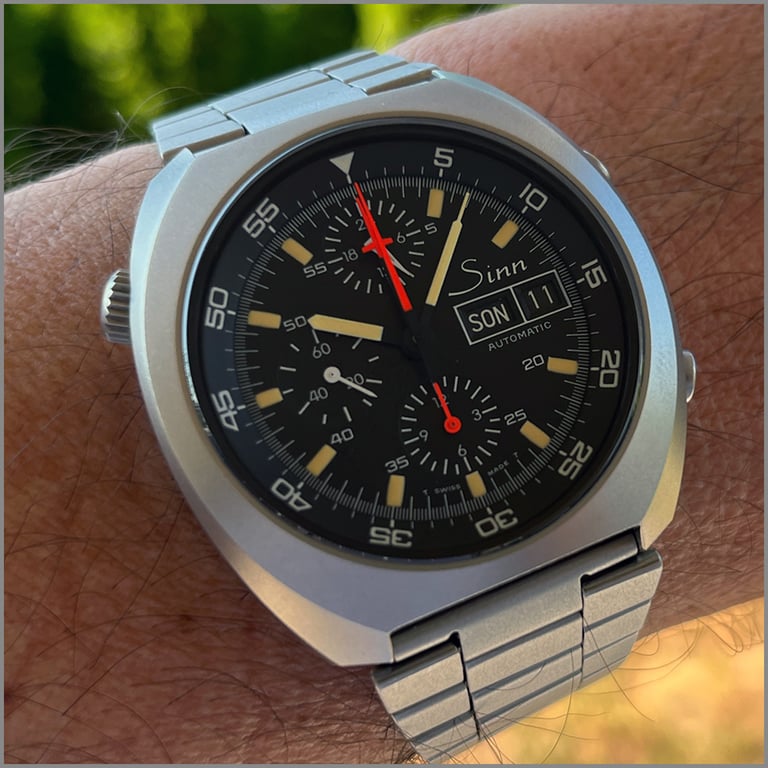


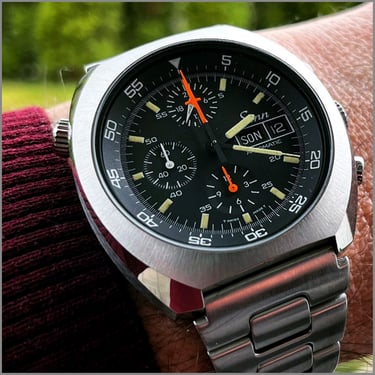
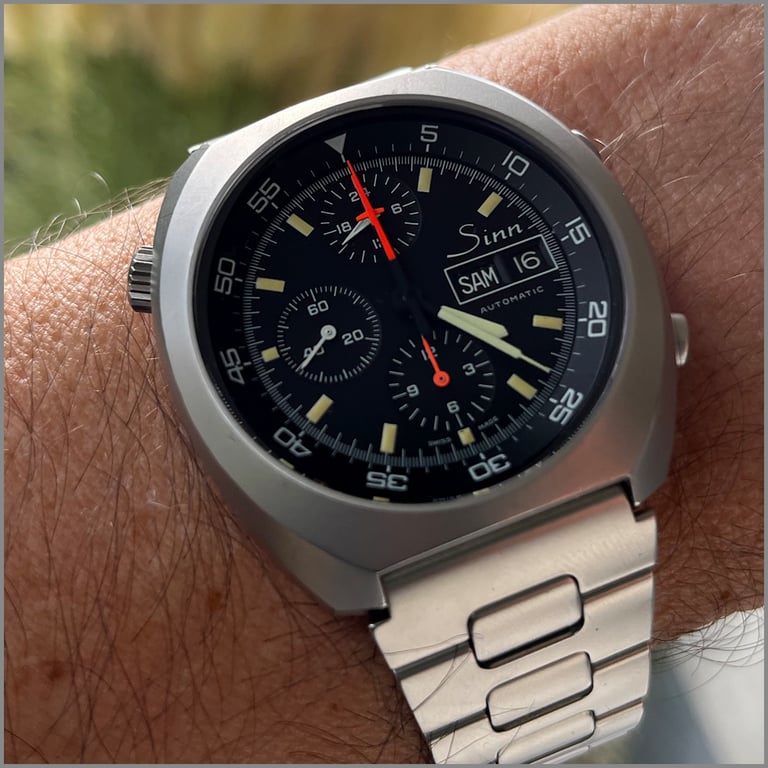

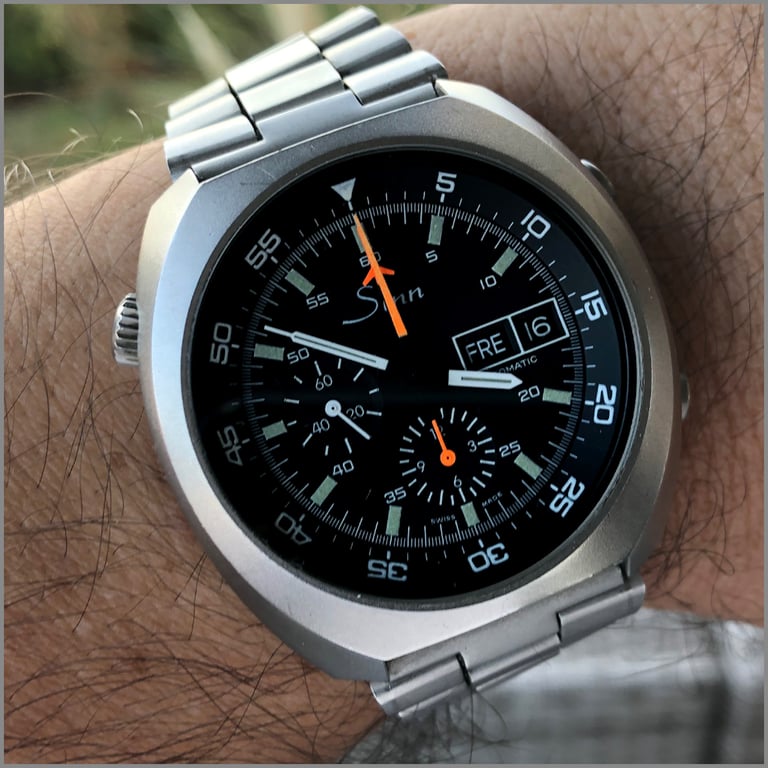

VINTAGE SINN COLLECTOR
Copyright © Vintage Sinn Collector 2023


